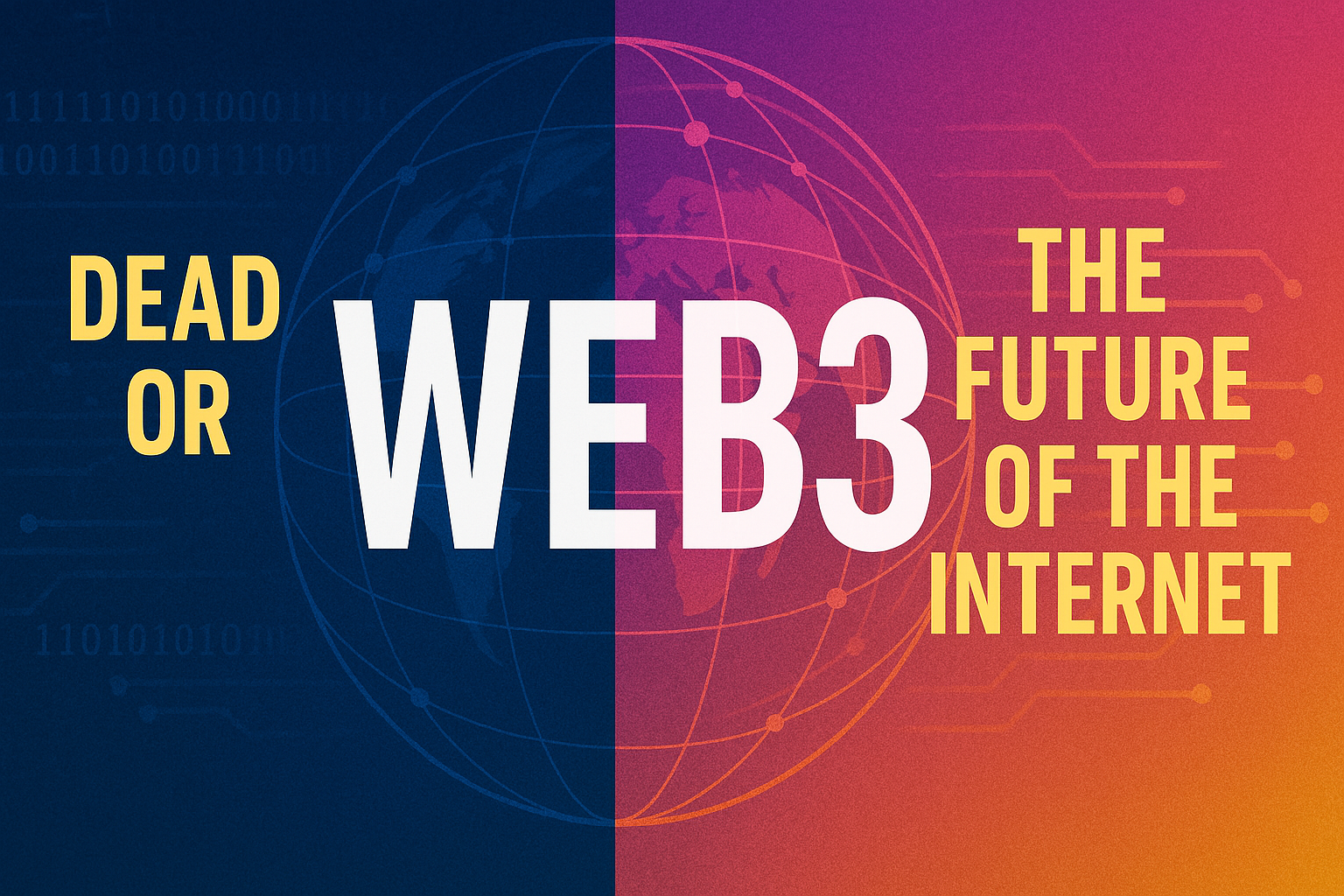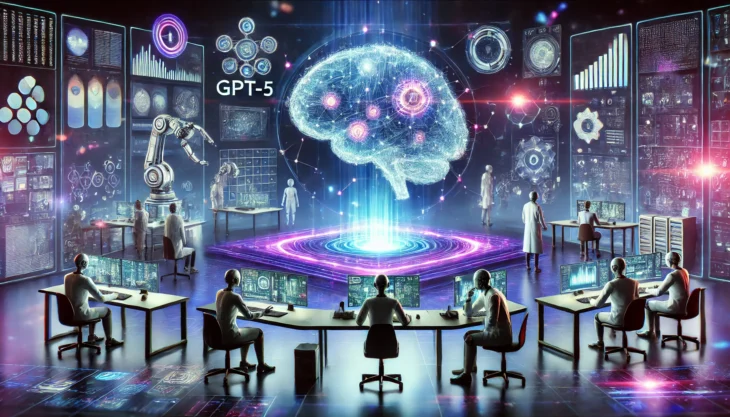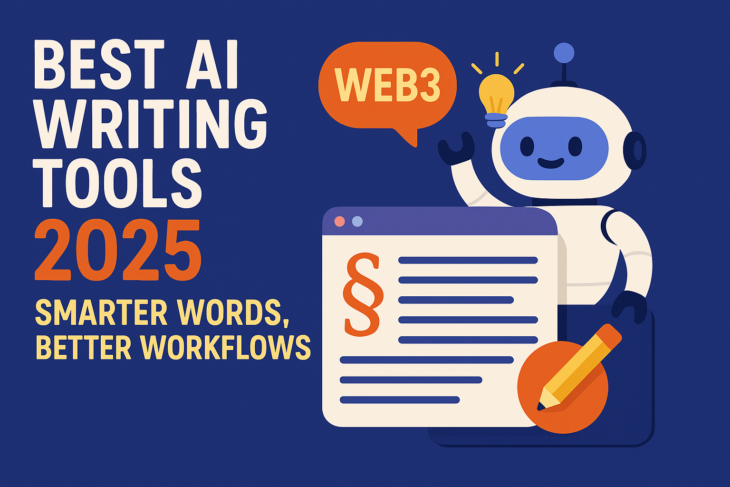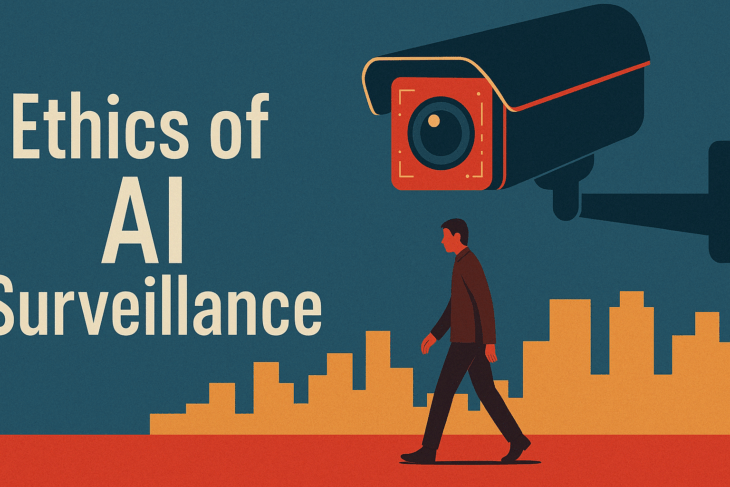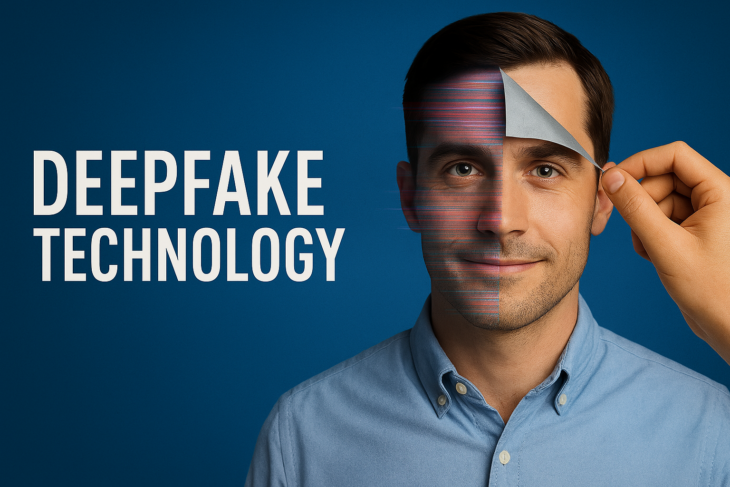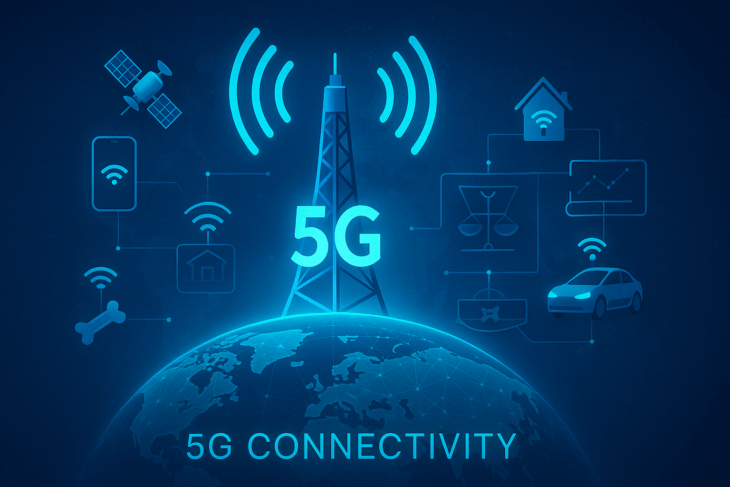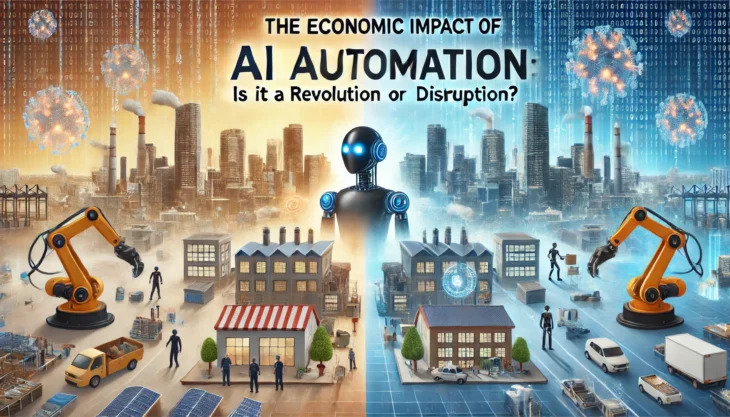Web3 isn’t quite the shiny new thing it was a few years ago. The buzz has faded, some big promises fell flat, and people are asking the question out loud now: Is Web3 dead or the future of the internet? It’s a fair question. But like most things in tech, the answer isn’t black and white.
To figure this out, we need to dig deeper. What even is Web3? Why did it matter in the first place? And more importantly, does it still have a pulse?
What Exactly Is Web3?
Web3, at its core, is about creating a decentralized web. Instead of massive platforms like Google, Facebook, or Amazon owning your data, Web3 gives power back to users through blockchain technology.
Imagine an internet where you own your identity, your digital assets, and your content. Where apps can’t just disappear overnight or change the rules without notice. That’s the dream. A more open, user-owned digital world.
Sounds beautiful, right?
The Blockchain Backbone
Web3 is built on blockchain, the same tech that powers cryptocurrencies like Bitcoin and Ethereum. But it’s not just about money. Blockchains can store anything. Contracts, identities, files. And they’re spread across networks, not stored in one place. This makes them transparent, secure, and hard to tamper with.
It also opens up a ton of possibilities. Think decentralized apps (dApps) that no single company controls. Or digital wallets that let you jump from platform to platform without creating new logins each time. Or even creators getting paid directly without middlemen.
But here’s where things get messy.
The Web3 Rollercoaster
After the hype peaked around 2021, reality hit hard. Markets crashed. Scams happened. Some blockchain projects vanished. Gas fees went through the roof. And people started to wonder: Was Web3 all just a big fad?
That’s when critics started saying Web3 was dead. And honestly? It’s easy to see why. The excitement cooled off. Funding dried up. The average person stopped caring.
But here’s the twist: it didn’t die. It just got quieter. And smarter.
The Builders Never Left
Behind the scenes, developers kept building. The flashy marketing faded, but innovation didn’t. Blockchains got faster. Wallets became more user-friendly. New tools popped up to make Web3 safer and more scalable.
And slowly, real-world uses started to show up.
- Artists are selling digital art directly to fans with NFTs—no galleries needed.
- Gamers are earning assets they truly own.
- Communities are forming around DAOs (decentralized autonomous organizations), voting together on how to run projects.
It’s not perfect. But it’s progress.
So, Is Web3 Dead or the Future of the Internet?
Let’s settle this. No, Web3 isn’t dead. But it also hasn’t “arrived” yet. It’s stuck in that awkward teenage phase. Full of potential, but still figuring things out.
The question shouldn’t be “Is Web3 dead?” but rather “What version of Web3 will survive?”
Because the concept of a blockchain-based internet isn’t going away. If anything, the rise of digital identity, data privacy concerns, and AI automation makes the idea of a user-owned web more appealing than ever.
Governments are even starting to explore decentralized systems. Big tech? Quietly investing in it’s infrastructure. The next wave might not be loud, but it’ll be strong.
Wrapping Up
So. is Web3 dead or the future of the internet? The short answer? It’s the future in progress.
Like all big shifts, it’s messy at the start. But the foundations are being laid. And if the web really is heading toward a future where you have control, where your data stays yours, then maybe Web3 isn’t a dying dream. It’s just beginning to grow up.
One thing’s for sure: the conversation is far from over.

